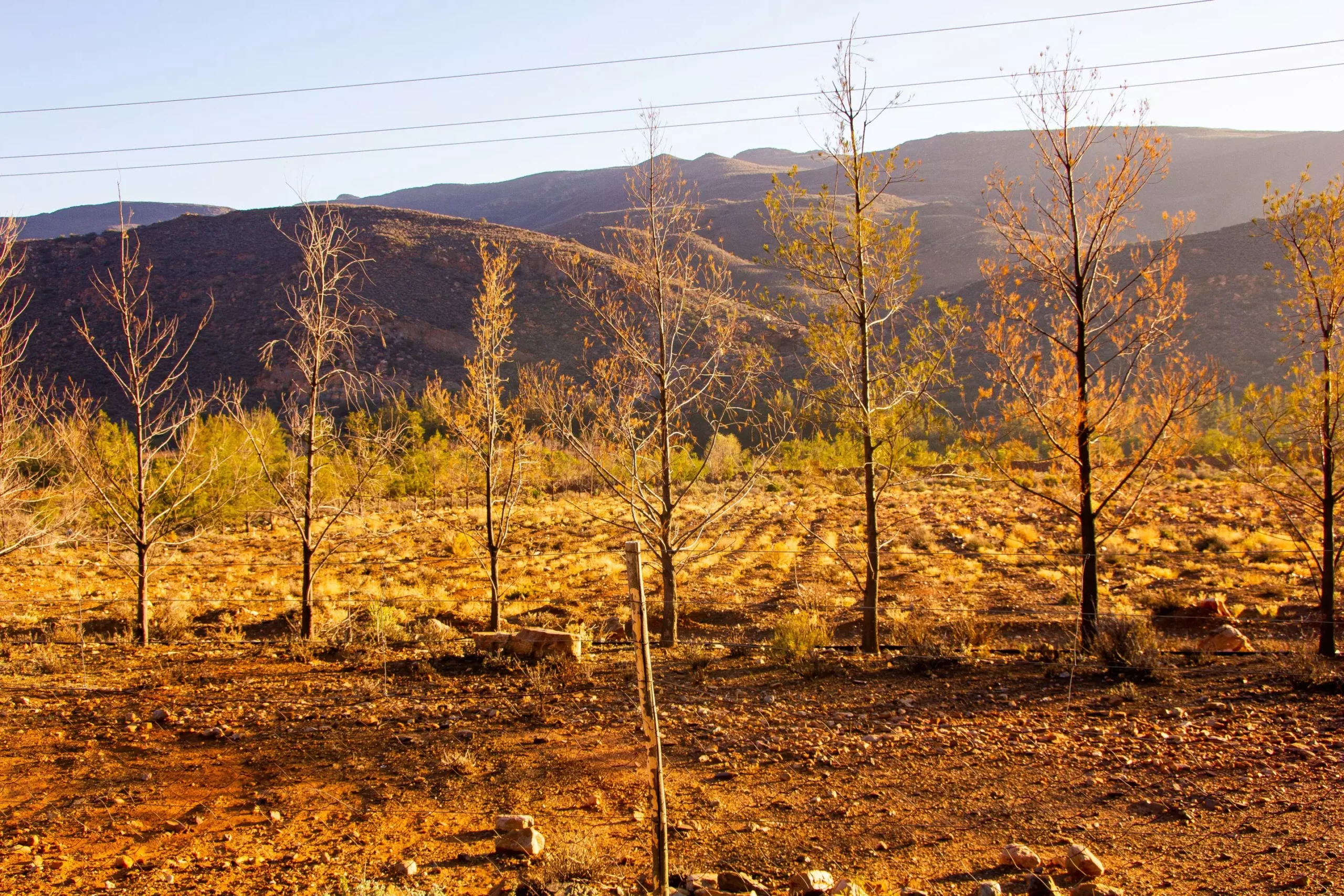Recent research has unveiled alarming trends in precipitation patterns across North America, notably highlighting the shift toward increasingly severe drought conditions in the American Southwest and Mexico, accompanied by an uptick in heavy rainfall events in the Northeast. This dichotomy illustrates the growing extremes of weather as influenced by climate change, suggesting that regions traditionally characterized by moderate weather patterns will increasingly experience unpredictable shifts toward either drought or deluge. Such changes necessitate a closer examination of how climate variability threatens not only the environment but also economic stability across various sectors.
The groundbreaking research led by scientists at The Ohio State University utilized an array of data sources to trace precipitation trends from 850 AD to 2100. By combining modern precipitation observations, historical tree ring analyses, and advanced climate models, the study draws a clear line between pre-industrial climate conditions and the present-day extremes. The comprehensive approach enables the researchers to paint a vivid picture of how our climate is transitioning due to human-induced greenhouse gas emissions.
A significant takeaway from the study is the stark contrast between regions. While the Southwest grapples with the realities of increasing dryness, the Northeast is trending toward wetter conditions—especially during the winter and early spring months. This north-south divide lays bare the complexities of climate change, proving that not only are weather patterns changing, but the very expectations we hold about seasonal climates are being turned upside down.
The research emphasizes how difficult it is to predict and prepare for these new weather patterns. The variability showcased in the findings indicates that climate-related impacts may not follow a predictable sequence, meaning that areas currently facing severe drought could suddenly switch to experiencing intense pluvial years. Senior author James Stagge articulates this concern, suggesting that the unpredictability necessitates a reevaluation of water management strategies. The increasing variability poses a risk that could disrupt essential services and agriculture, stressing the importance of adaptive planning.
This complexity is not merely an academic concern; it affects water reservoirs, irrigation strategies, and even city infrastructure planning. As planners and agencies attempt to navigate the unpredictable landscape of climate change, their efforts may be hampered by a lack of resources or data to inform their plans. Consequently, it is essential that these groups adopt a forward-looking approach, taking into account the potential extremes that lie ahead.
Delving deeper into the historical context allows us to appreciate the scale of change taking place. The study highlights an unprecedented deviation from long-standing climate norms, where the current trends of increased rainfall in specific regions are significantly more pronounced compared to historical averages over the past 700 years. The implications of this are vast: not only does it call into question our longstanding understandings of regional climates, but it also underscores the urgency of addressing climate change.
The projections laid out by the research team predict significant fluctuations in rain patterns through at least 2100, suggesting that future rainfall events will be much heavier than any seen before. This means that sectors dependent on consistent water supplies—such as agriculture, construction, and urban planning—will have to prepare for a future defined by uncertainty.
As the severity of weather extremes increases, so do the potential repercussions for various industries and local economies. Increasingly erratic weather patterns could lead to devastating impacts on agricultural yields, strain on water supply systems, and increased vulnerability for communities that rely on predictable seasonal patterns. Industries will need to adapt to fluctuating water availability, requiring innovative water management strategies and infrastructure investments to safeguard resources.
Moreover, the realization that climate change doesn’t just mean warmer temperatures, but rather a future filled with unpredictable socio-economic challenges, starkly underscores the necessity for policymakers and planners to fully recognize and respond to climatic realities. Increased awareness and comprehensive strategies will be essential as we navigate the challenges posed by these emerging climate extremes.
This study serves as a crucial reminder that climate change is not just a future threat but a present-day reality that demands immediate attention. As researchers like Kyungmin Sung highlight, the magnitude of changes observed within the past century is staggering—far beyond what natural climate variability can explain. Thus, there is an urgent need for collective action, greater investments in climate research, and the implementation of sustainable practices that acknowledge and adapt to the increasingly volatile weather patterns characterizing our environment today.
The research underscores a pivotal junction in our understanding of climate dynamics in North America, revealing an upcoming period marked by inconsistencies and severe extremes. By embracing adaptive strategies, societies may better prepare for a future wherein the dichotomy of droughts and floods becomes the norm, rather than the exception.


Leave a Reply